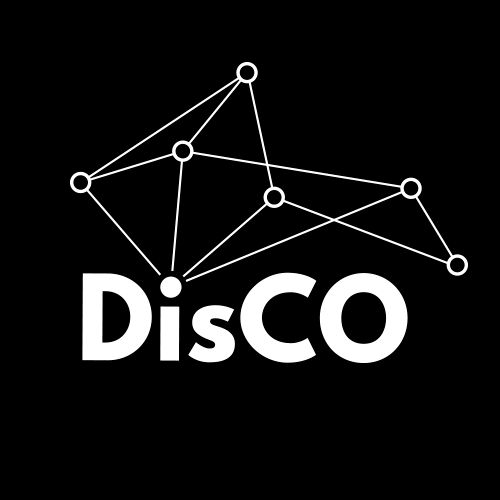852 reads
How to Account for the Future of Work: Automation, Blockchain, and the Knowledge Economy
by
February 3rd, 2021
Audio Presented by

DisCO is a P2P/Commons, cooperative and Feminist Economic alternative to DAOs. Check out DisCO.coop
About Author
DisCO is a P2P/Commons, cooperative and Feminist Economic alternative to DAOs. Check out DisCO.coop